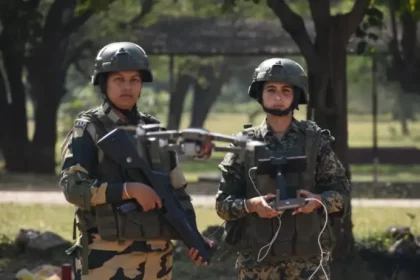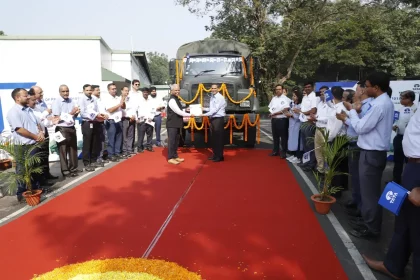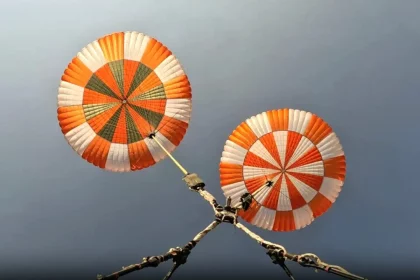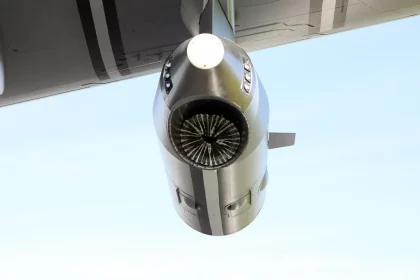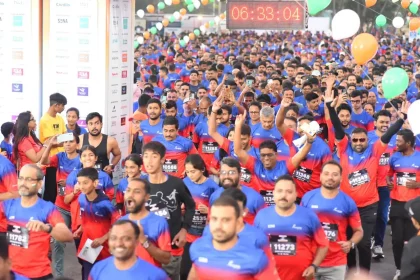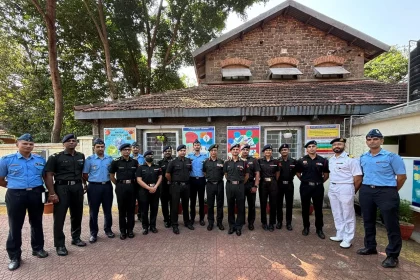BSF Raises First All-Female ‘Durga Drone Squadron’ at Gwalior Academy
A Historic Step Towards Gender Empowerment and Technological Modernisation in Border Security.
TATA (TASL) Flags Off SD1015 4×4 Field Artillery Tractors for Indian Armed Forces in Jamshedpur
Strengthening India’s Artillery Mobility and Self-Reliance Under Make in India Initiative.
ISRO Successfully Tests Gaganyaan’s Main Parachutes Ahead of Crewed Launch
Successful IMAT marks a major milestone in validating Gaganyaan’s Crew Module recovery system.
DRDO TDF Invites RFI for Indigenous Air-to-Air Refuelling Pod (ARP Pod)
TDF initiative aims to develop next-generation Air-to-Air Refuelling Pods under Atmanirbhar Bharat push.
SBI CME Soldierathon 3.0 Concludes with Record Participation and Inspiring Displays of Patriotism
Over 8,700 runners join to celebrate fitness, service, and national pride at CME Pune.
Tri-Service Sports Medicine Training Course Commences at AFMC Pune
Eight-week programme aims to enhance clinical expertise and performance optimisation across the Armed Forces.

